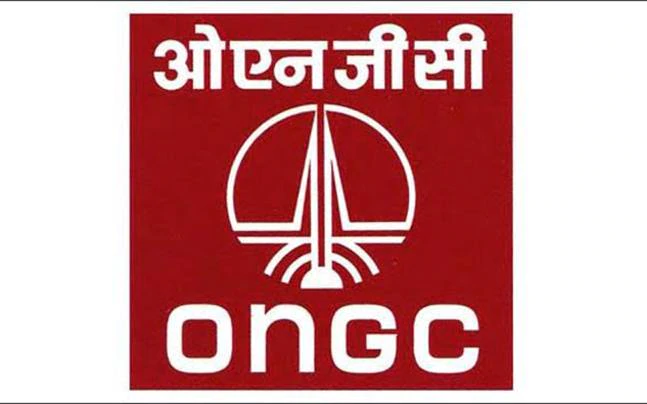
The proposed law also sets out a goal to reach 100 percent clean electricity by 2050.
Nevada lawmakers will consider legislating a higher state renewable portfolio standard, after state Senator Chris Brooks — a former solar entrepreneur — filed legislation this week to increase the standard to 50 percent by 2030. That’s up from the current goal of 25 percent by 2025.
The proposed law also sets out a 2050 goal that 100 percent of electricity sold by state electric providers be zero-carbon by that year.
The bill comes after the passage of a state ballot initiative in 2018, Question 6, which proposed changing the state’s constitution to include the 50 percent by 2030 renewable portfolio standard (RPS). Under Nevada law, constitutional amendments must garner approval twice, in two even-numbered election years. Question 6 is slated to come up for vote again in 2020. If passed, Brooks’ legislation would mandate the higher standard before the need for a second statewide vote.
Governor Steve Sisolak (D) campaigned on support for renewable energy and said in the past he supported increasing the state’s RPS. NV Energy, which provides energy to over 80 percent of the state, has also said it supports an increase. The utility confirmed that support in an email to GTM.
“NV Energy supports an increase in our state’s renewable portfolio standard to 50 percent, as it aligns with our clean energy commitment to our customers,” the utility said, noting it’s working to double its renewable capacity by 2023.
The governor’s office and Senator Brooks did not respond to requests for comment on the legislation prior to publication.
Brooks’ bill also received plaudits from clean energy advocates. On Tuesday, groups including Nevadans for a Clean Energy Future, the Nevada Conservation League and Chispa Nevada, part of the League of Conservation Voters, voiced support for the law and its passage. Those groups form part of RenewNV, a group of organizations working to increase clean energy in the state.
Nevada’s legislation joins an avalanche of state-level clean energy proposals announced this month. The New Mexico legislature recently passed a law requiring 100 percent zero-carbon electricity by 2045, while governors in Wisconsin and Minnesota proffered plans to move toward 100 percent clean energy by mid-century. In Illinois, a bill also introduced in March targets all-renewables by 2050.
Those states are now led by newly elected executives, like Sisolak, that campaigned on boosting clean energy and renewables.
The state-led commitments also serve as an interesting foil to national politics. The Green New Deal resolution may come up for a vote in the U.S. Senate before the end of the month, where it is unlikely to pass, but it has become an important talking point for 2020 Democratic candidates.
Though Nevada ranks among the top five states for installed solar capacity, according to the Solar Energy Industries Association, renewables have struggled in the state — boomeranging from success to disaster and back again. Nevada passed a state RPS in 1997, helping to spur the state as an early solar leader. Then, in 2015, the state’s public utility commission voted to do away with retail net-metering credits, dealing an enormous blow to the state’s solar industry. Net metering wasn’t restored until 2017.
Leadership from Sisolak — last week the governor also signed Nevada onto the U.S. Climate Alliance, a commitment from states to meet the goals of the Paris Agreement — and early support for the RPS bill indicate the future could be clearer for solar.
Analysts at Wood Mackenzie Power & Renewables found that meeting a 50 percent by 2030 RPS would require Nevada to add up to 4 gigawatts of renewables, which would likely be mostly solar. Through the end of 2018, the state had about 3 gigawatts of solar installed.















